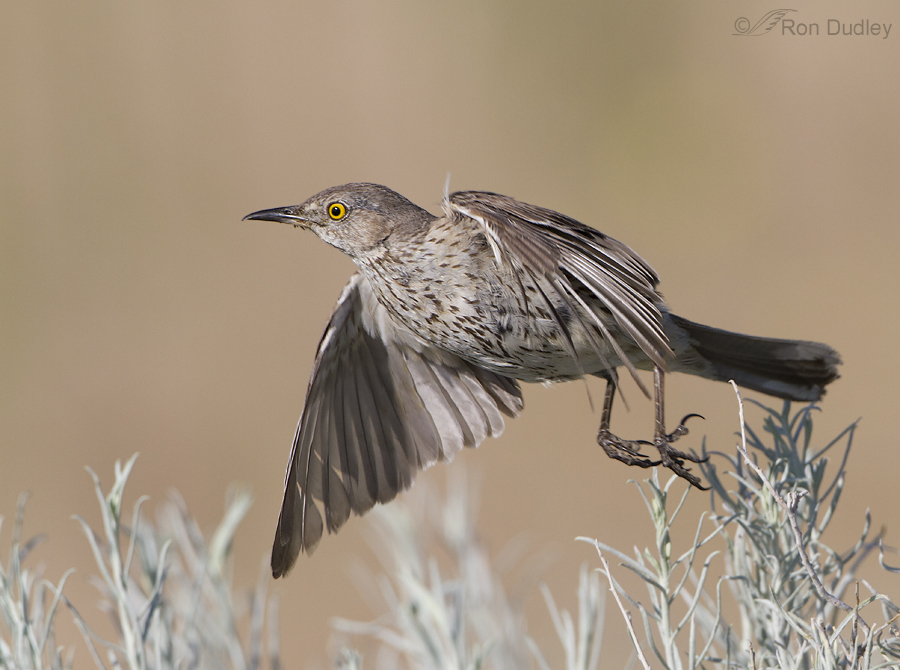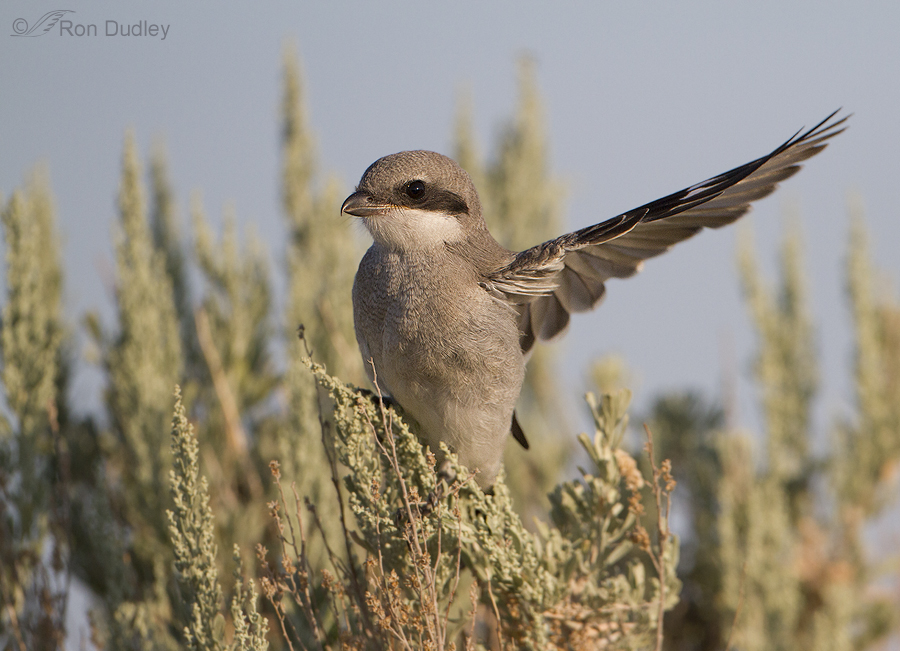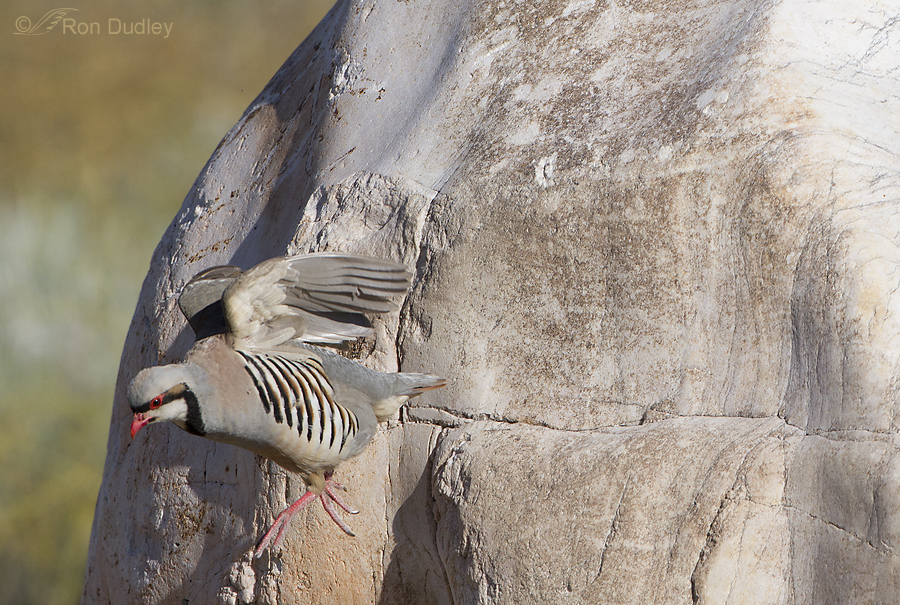A Tough Subject – Mourning Dove In Flight

Mourning Doves one of the most difficult of all species I’ve ever attempted to photograph in flight. Their flight is fast and erratic and their take-off speed impressive (most observers are aware of the whistling noise made by their incredibly fast wing beats as they take off and land). All this makes for an aggravatingly difficult bird to photograph in flight – whether at take-off or in full flight. Until yesterday morning I still didn’t have a Mourning Dove flight shot.














